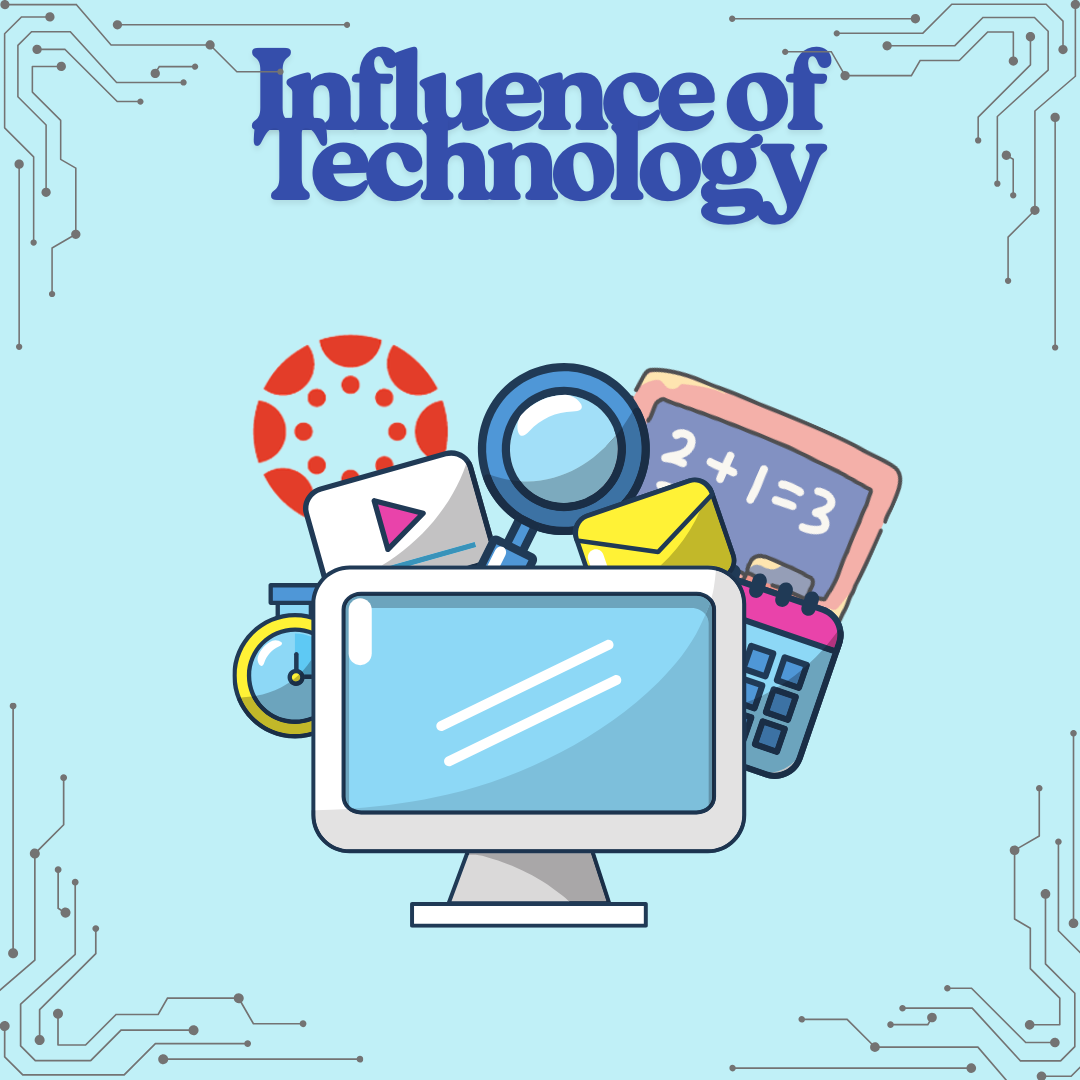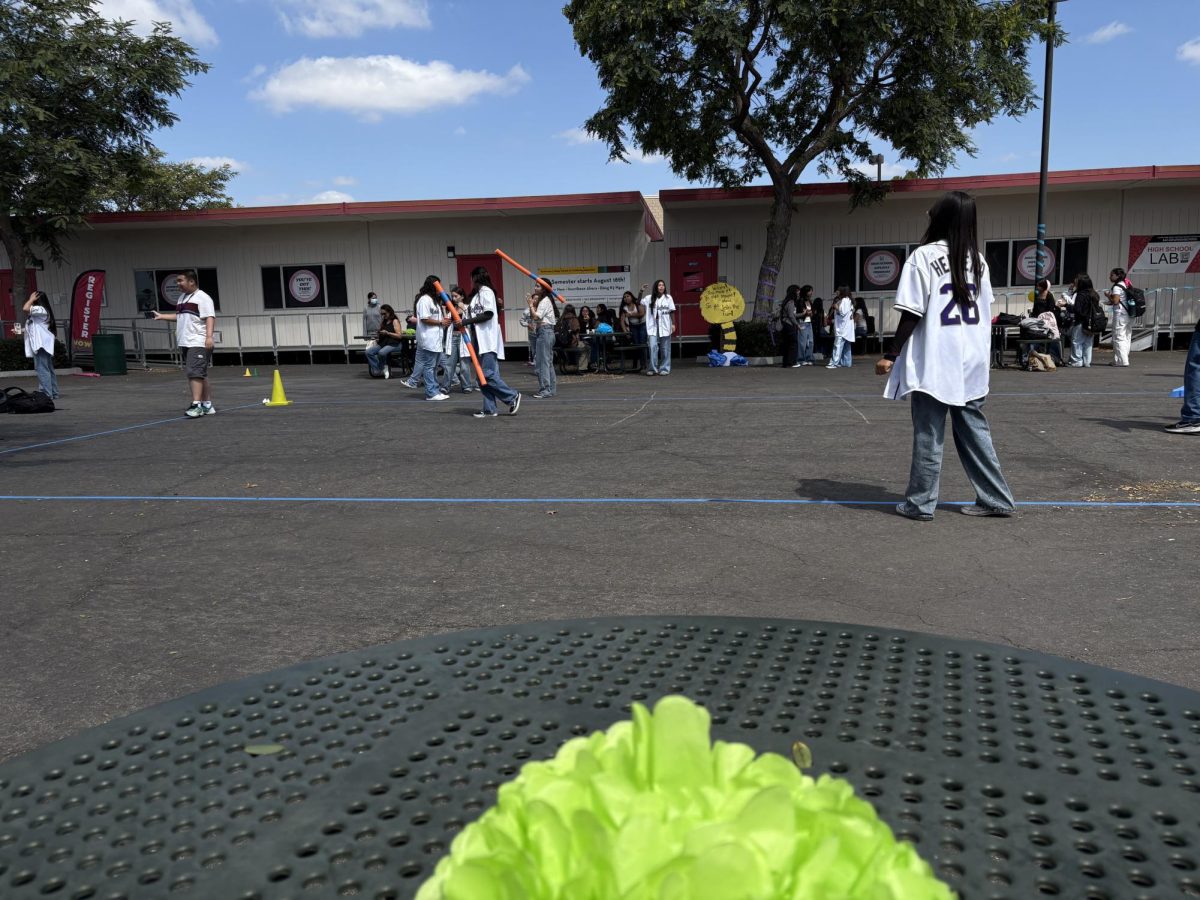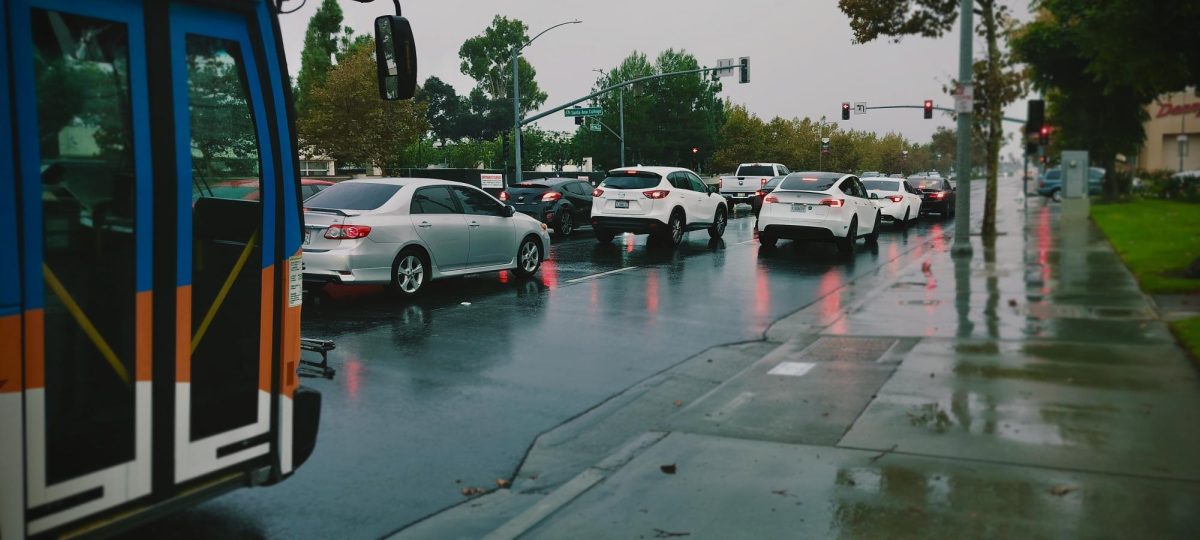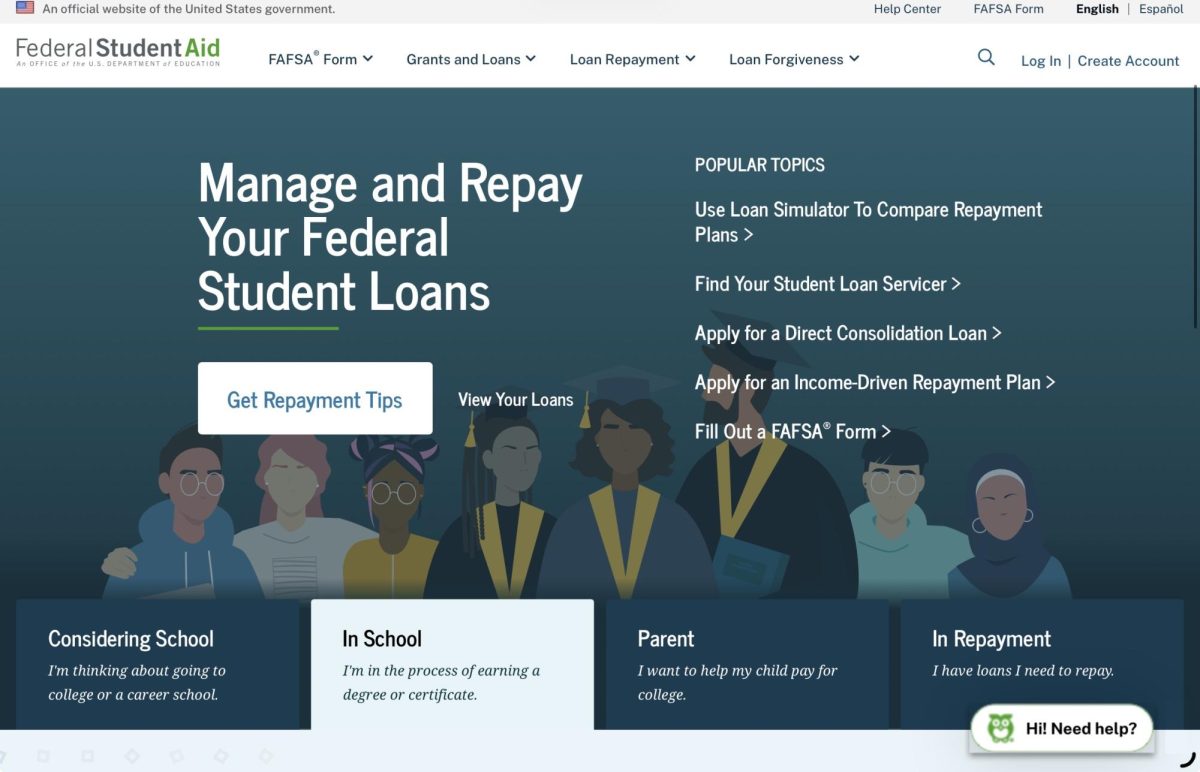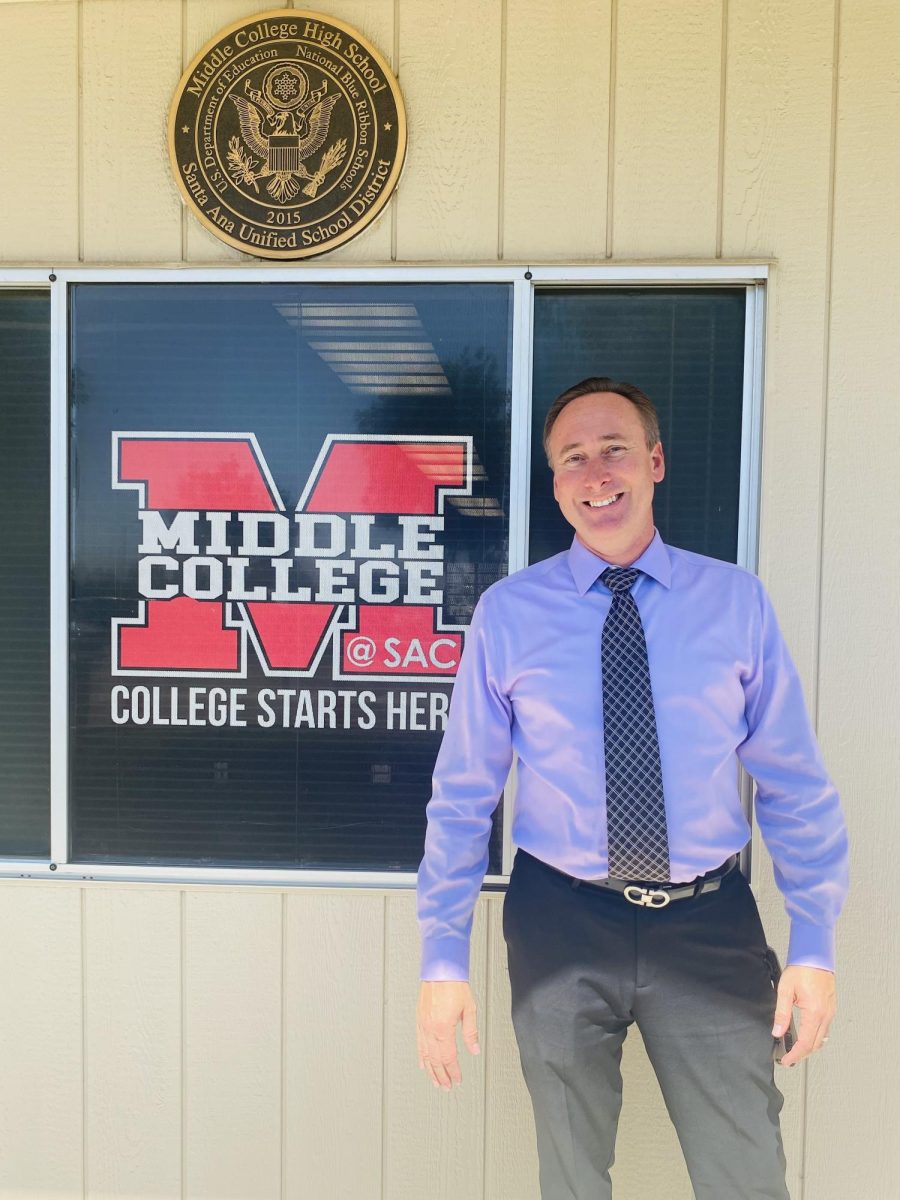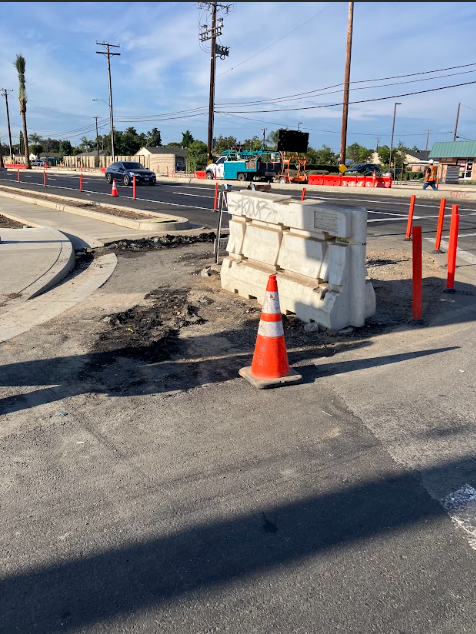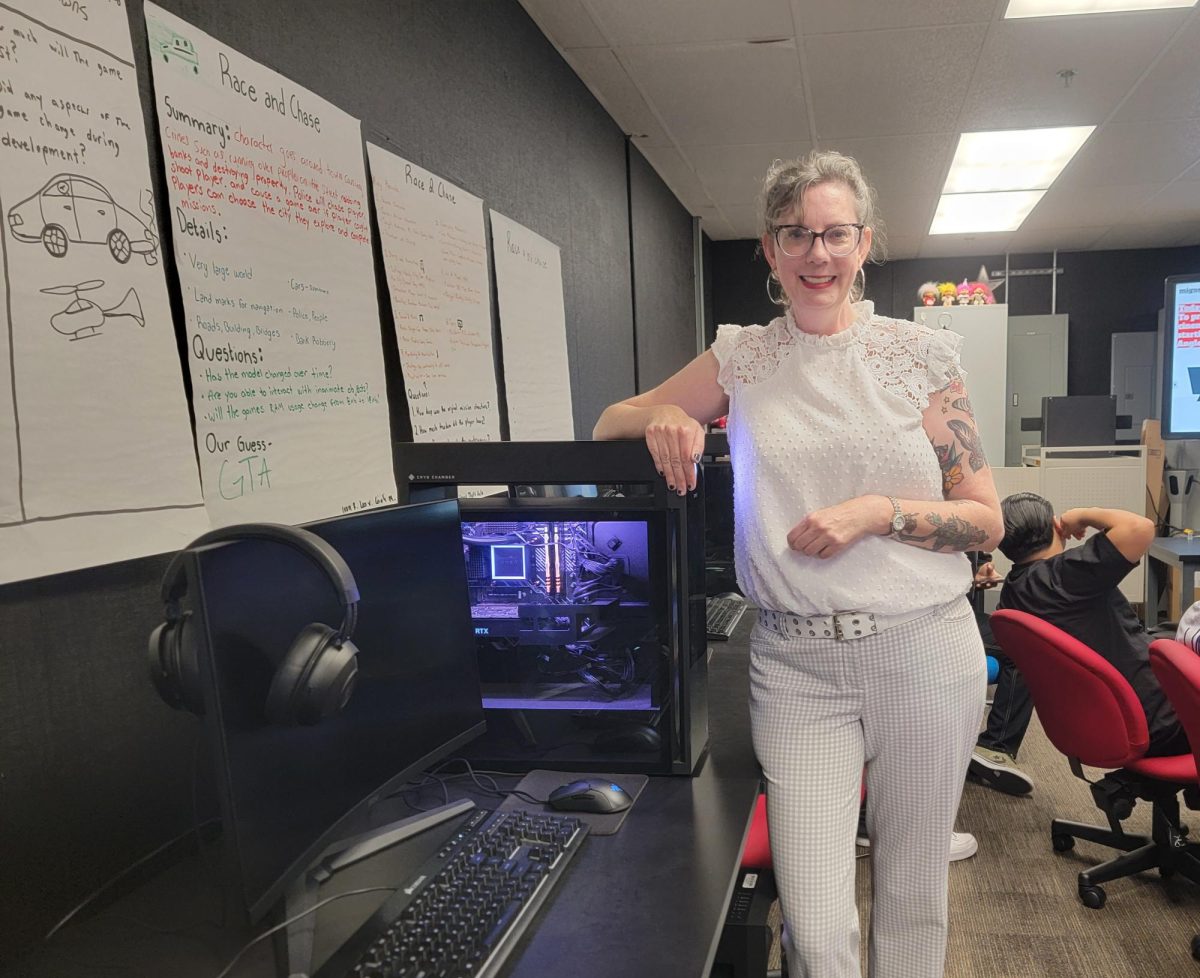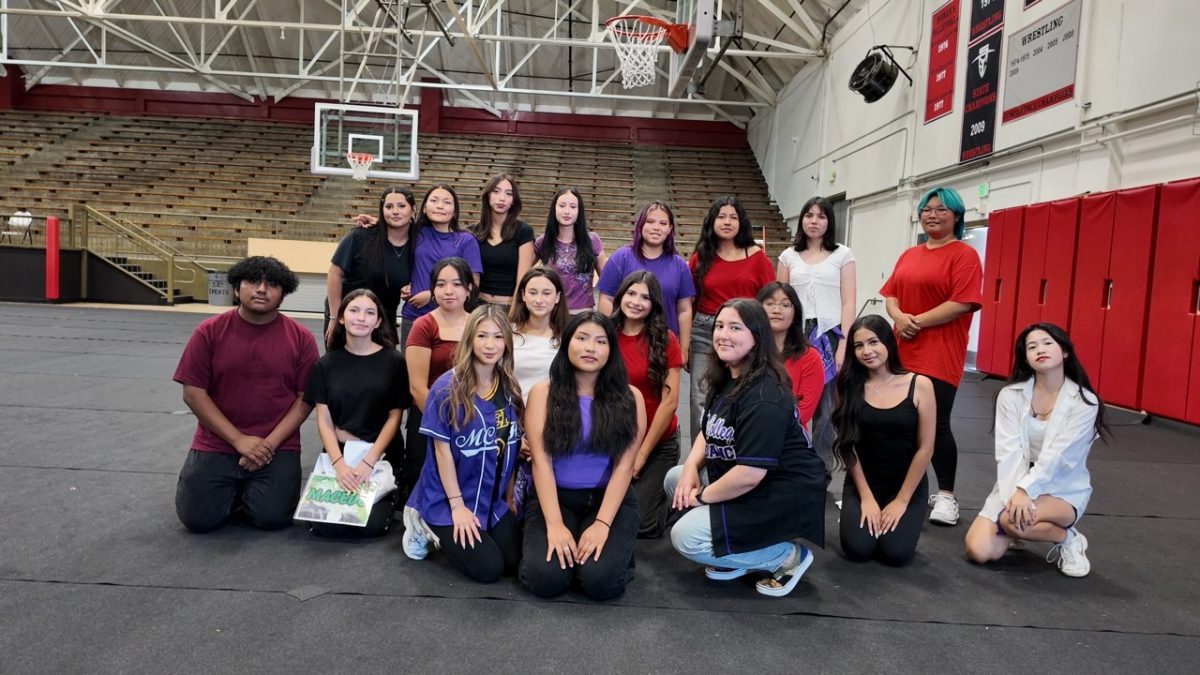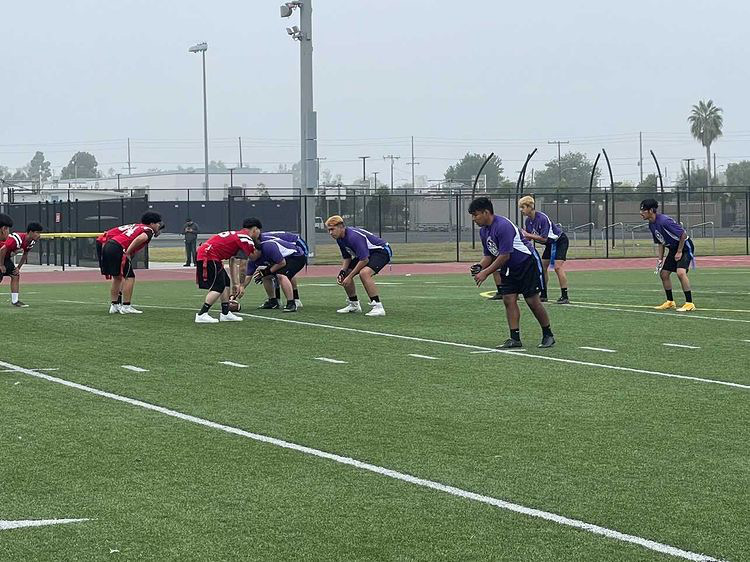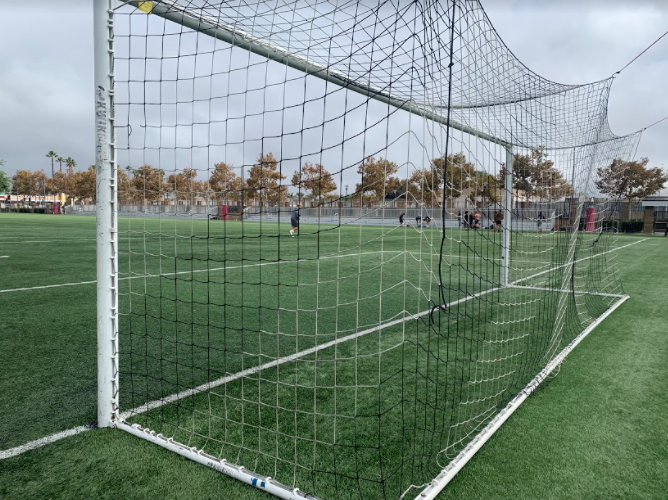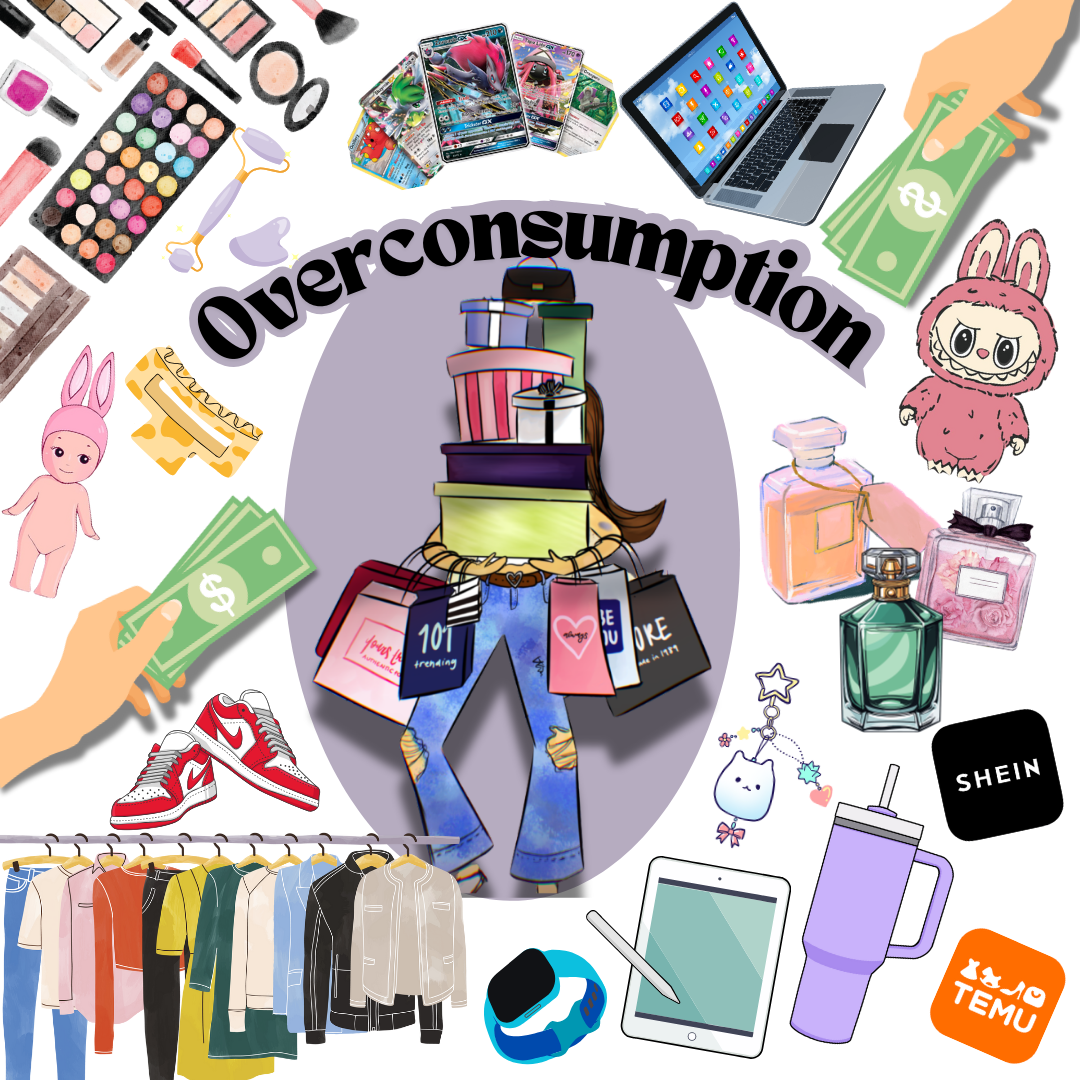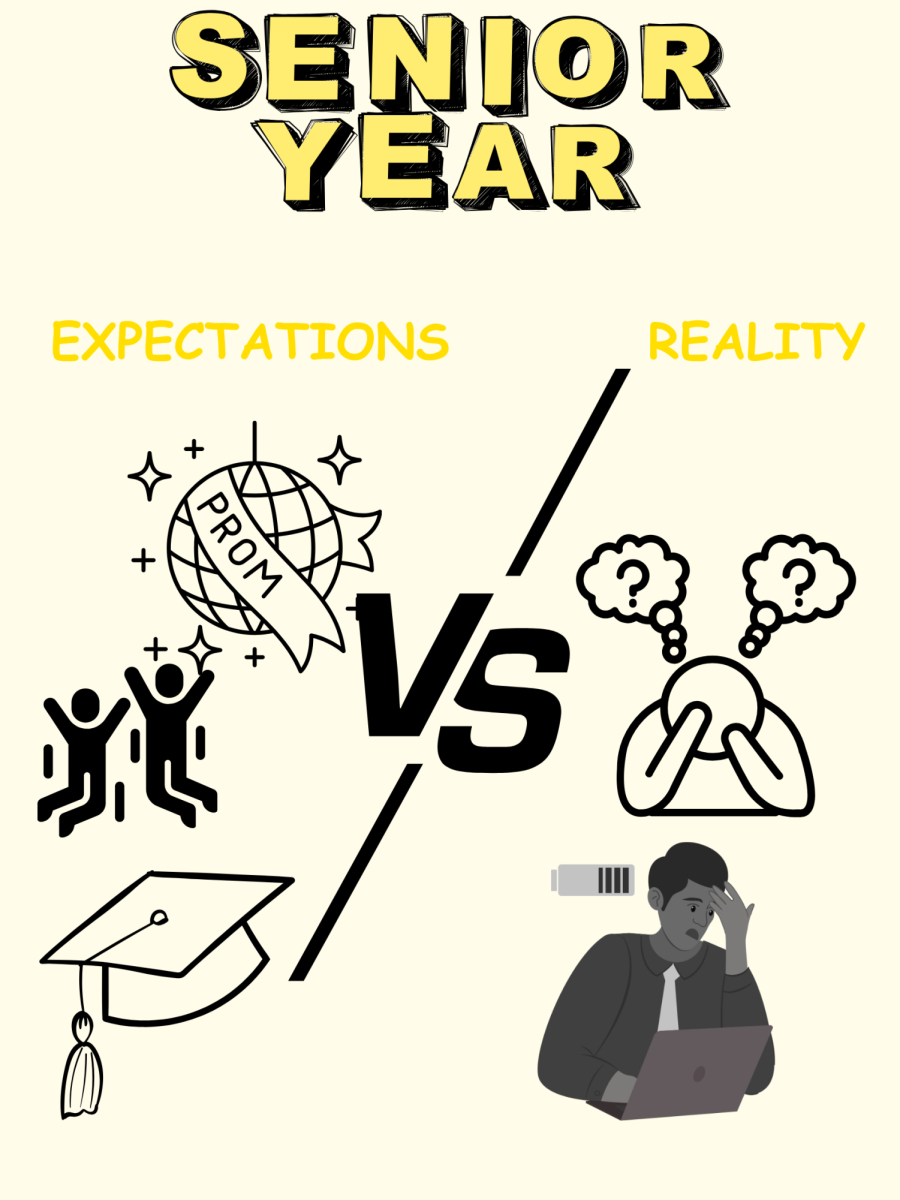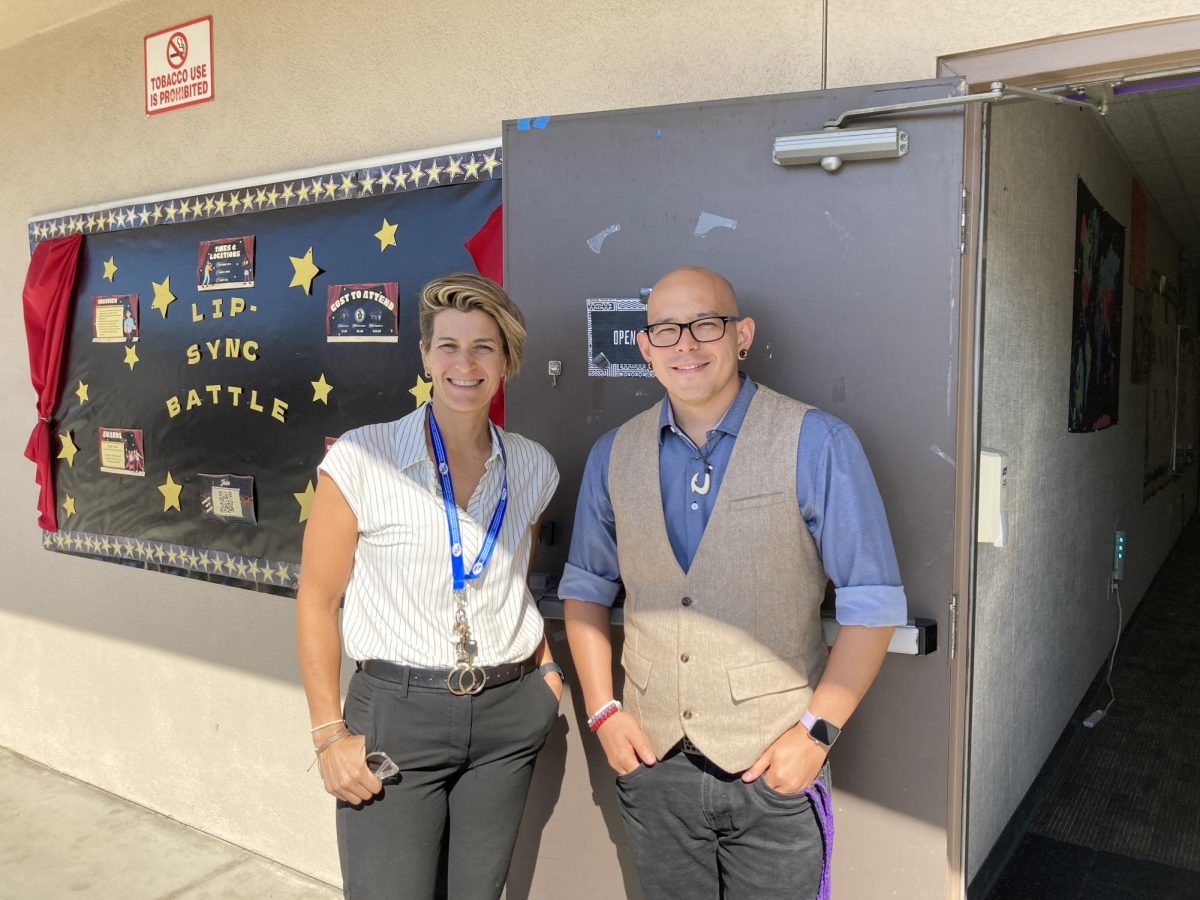Back then, classrooms relied on printed textbooks, chalkboards, and the occasional roll-in of TVs to communicate information. Studying meant visiting nearby libraries and flipping through encyclopedias. Now, the arrival of the internet has slowly begun to change education.
Bryan Davis is a teacher in SAUSD who is currently at the district office, overseeing some technology programs as a certificated learning and achievement specialist.
“In the past, access to technology meant scheduling time in a computer lab, walking students over, and losing valuable instructional minutes. Now, every student has a device right in the classroom. Teachers no longer have to plan for access, today’s online learning tools are available every day, in every lesson,” Davis said.
The shift dramatically changed education, offering unprecedented learning opportunities that are both personal and interesting.
Canvas is an education management system increasingly used in schools, by teachers like Kathleen Peterson, an English teacher with over 30 years of experience.
“I have my daily schedules on Canvas now, being able to give kids assignments and not having to make copies anymore, my whole agenda is on there for everything we’re doing. Even if a student is absent they can catch up with all the information being available on Canvas,” Peterson said.
The integration of digital platforms that support course organization and communication makes the teaching and learning process more efficient.
“Remind has been super helpful too, being able to share things and remind them about things in a way that kids will see them. I’ll push it out on Remind so they all can see it right away,” Peterson said.
This insight highlights Remind’s significant impact as a tool to notify students about important information quickly and easily. However, ever-evolving technology comes with some flaws.
“The biggest challenge is the sheer volume of tools … On top of that, technology often fails for reasons outside the teacher’s control, so it’s essential to limit these tech tools, plan carefully, and always have a backup,” Davis said. Despite these challenges, the benefits of technology integration in the classroom remain significant.
Technology has transformed the classroom, from projectors to individual Chromebooks for every student. Platforms like Canvas and Remind have had a big impact on communication and resource access. Yet hurdles persist with advancing technology; keeping up with new tools can be overwhelming for students and teachers. We’ve come a long way since the days of blackboards and chalk, but there are still ways technology can become more intuitive and supportive of every learner’s needs.

